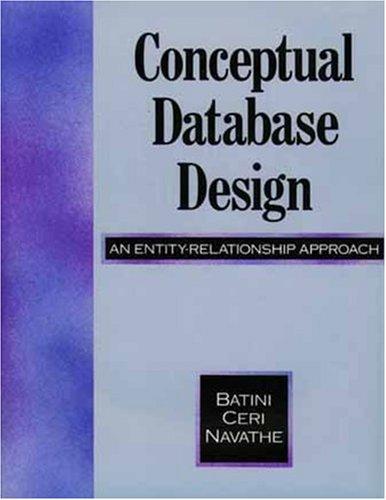Question
from __future__ import annotations from typing import Any, Optional class _Node: A node in a linked list. Note that this is considered a private class,
from __future__ import annotations from typing import Any, Optional
class _Node: """A node in a linked list.
Note that this is considered a "private class", one which is only meant to be used in this module by the LinkedList class, but not by client code.
=== Attributes === item: The data stored in this node. next: The next node in the list, or None if there are no more nodes. """ item: Any next: Optional[_Node]
def __init__(self, item: Any) -> None: """Initialize a new node storing
class LinkedList: """A linked list implementation of the List ADT. """ # === Private Attributes === # _first: # The first node in the linked list, or None if the list is empty. _first: Optional[_Node]
def __init__(self) -> None: """Initialize an empty linked list. """ self._first = None
def print_items(self) -> None: """Print out each item in this linked list.""" curr = self._first while curr is not None: print(curr.item) curr = curr.next
# ------------------------------------------------------------------------ # Prep 5 exercises # ------------------------------------------------------------------------ # For each of the following linked list methods, read its docstring # and the complete its implementation. # You should use as your starting point our *linked list traversal* # code template, but of course you should modify it as necessary! # # NOTE: the first two methods are new special methods (you can tell by the # double underscores), and enable some special Python behaviour that we've # illustrated in the doctests. # # At the bottom of this file, we've included some helpers # to create some basic linked lists for our doctests. def __len__(self) -> int: """Return the number of elements in this list.
>>> lst = LinkedList() >>> len(lst) # Equivalent to lst.__len__() 0 >>> lst = LinkedList() >>> node1 = _Node(1) >>> node2 = _Node(2) >>> node3 = _Node(3) >>> node1.next = node2 >>> node2.next = node3 >>> lst._first = node1 >>> len(lst) 3 """ # TODO: implement this method # curr = self._first # while curr is not None: # ... curr.item ... # curr = curr.next
def __contains__(self, item: Any) -> bool: """Return whether
Use == to compare items.
>>> lst = LinkedList() >>> node1 = _Node(1) >>> node2 = _Node(2) >>> node3 = _Node(3) >>> node1.next = node2 >>> node2.next = node3 >>> lst._first = node1 >>> 2 in lst # Equivalent to lst.__contains__(2) True >>> 4 in lst False """ # TODO: implement this method # curr = self._first # while curr is not None: # ... curr.item ... # curr = curr.next
# HINTS: for this one, you'll be adding a new item to a linked list. # 1. Create a new _Node object first. # 2. Consider the cases where the list is empty and non-empty separately. # 3. For the non-empty case, you'll first need to iterate to the # *last node* in the linked list. (Review this prep's Quercus quiz!) def append(self, item: Any) -> None: """Append
>>> lst = LinkedList() >>> lst.append(1) >>> lst._first.item 1 >>> lst.append(2) >>> lst._first.next.item 2 """ # TODO: implement this method # curr = self._first # while curr is not None: # ... curr.item ... # curr = curr.next
if __name__ == '__main__': import python_ta python_ta.check_all(config={ 'allowed-io': ['print_items'] })
import doctest doctest.testmod()
Step by Step Solution
There are 3 Steps involved in it
Step: 1

Get Instant Access to Expert-Tailored Solutions
See step-by-step solutions with expert insights and AI powered tools for academic success
Step: 2

Step: 3

Ace Your Homework with AI
Get the answers you need in no time with our AI-driven, step-by-step assistance
Get Started


